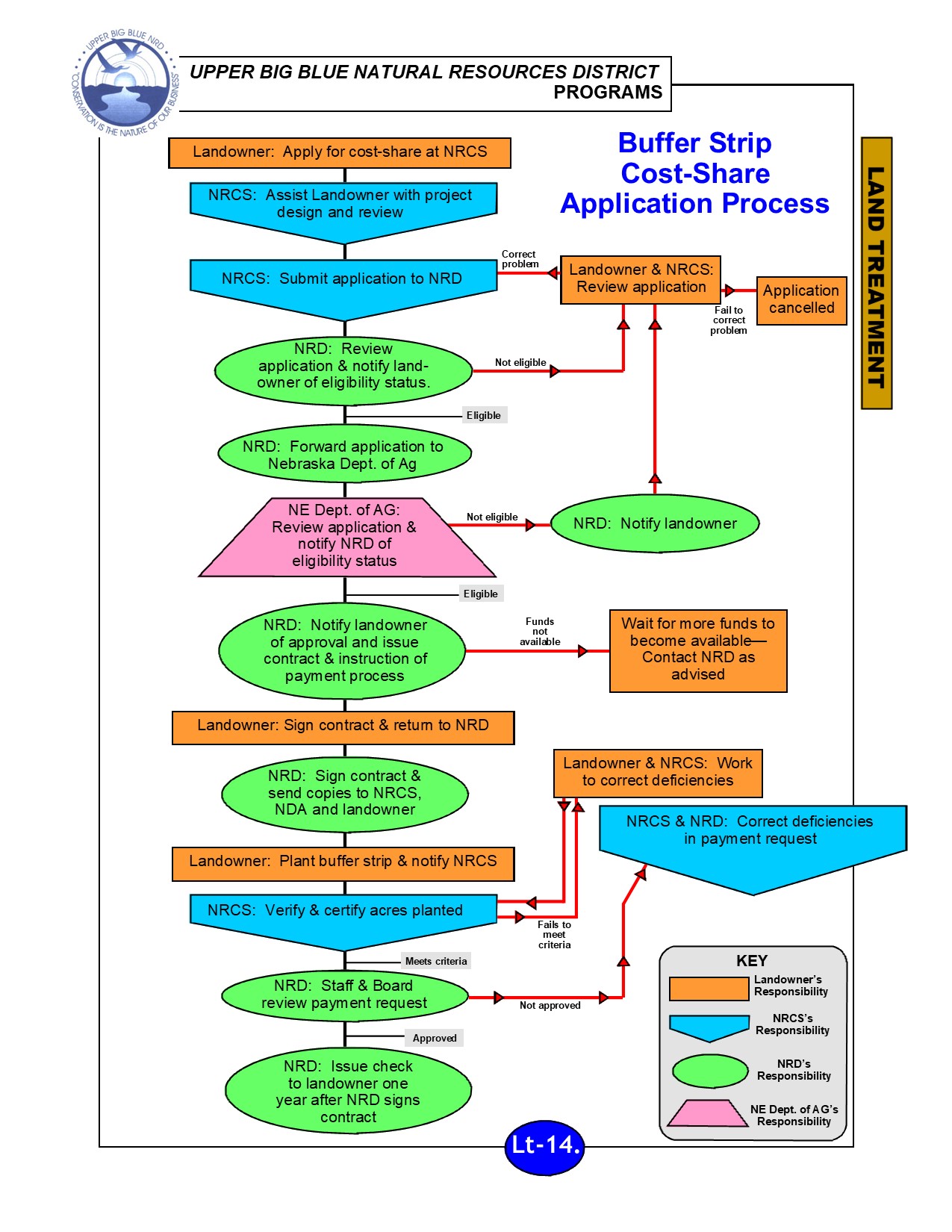Land Treatment
Land treatment is the construction or installation of conservation practices to prevent or reduce soil erosion, sedimentation, and water contamination, and to assist with the management of both surface water and groundwater. Many land treatment practices result in an additional benefit including the creation of habitat for wildlife.
The district administers a land treatment program that receives funding from the Nebraska Department of Natural Resources (NeDNR) through the Nebraska Soil and Water Conservation Program (NSWCP). The district’s board also budgets local tax dollars to fund this program. The district also administers the Nebraska Buffer Strip Program which receives funding from the Nebraska Department of Agriculture.
To get started adding any of these treatments to your land, either reach out to our office at (402) 362-6601, or your local NRCS office.

